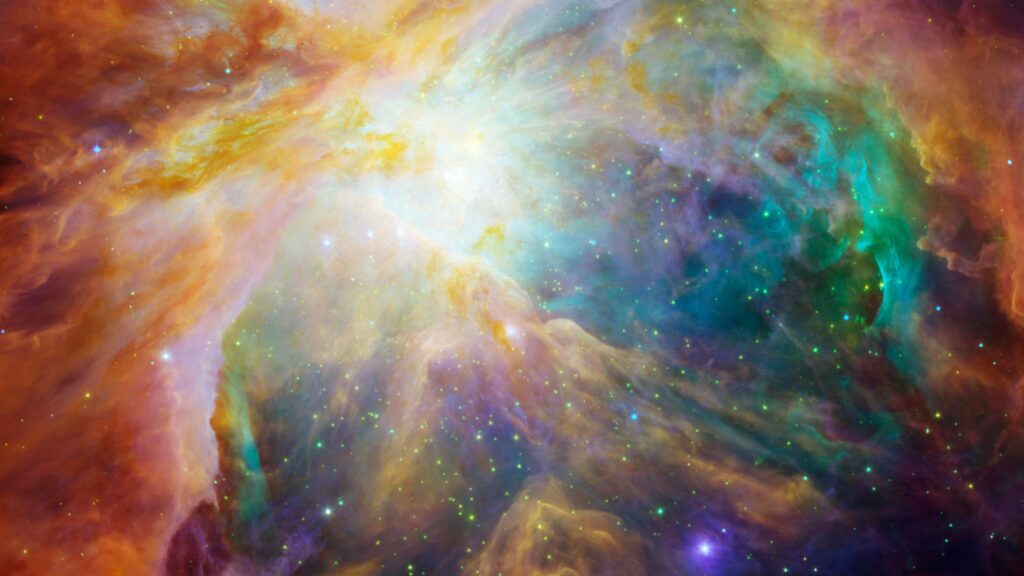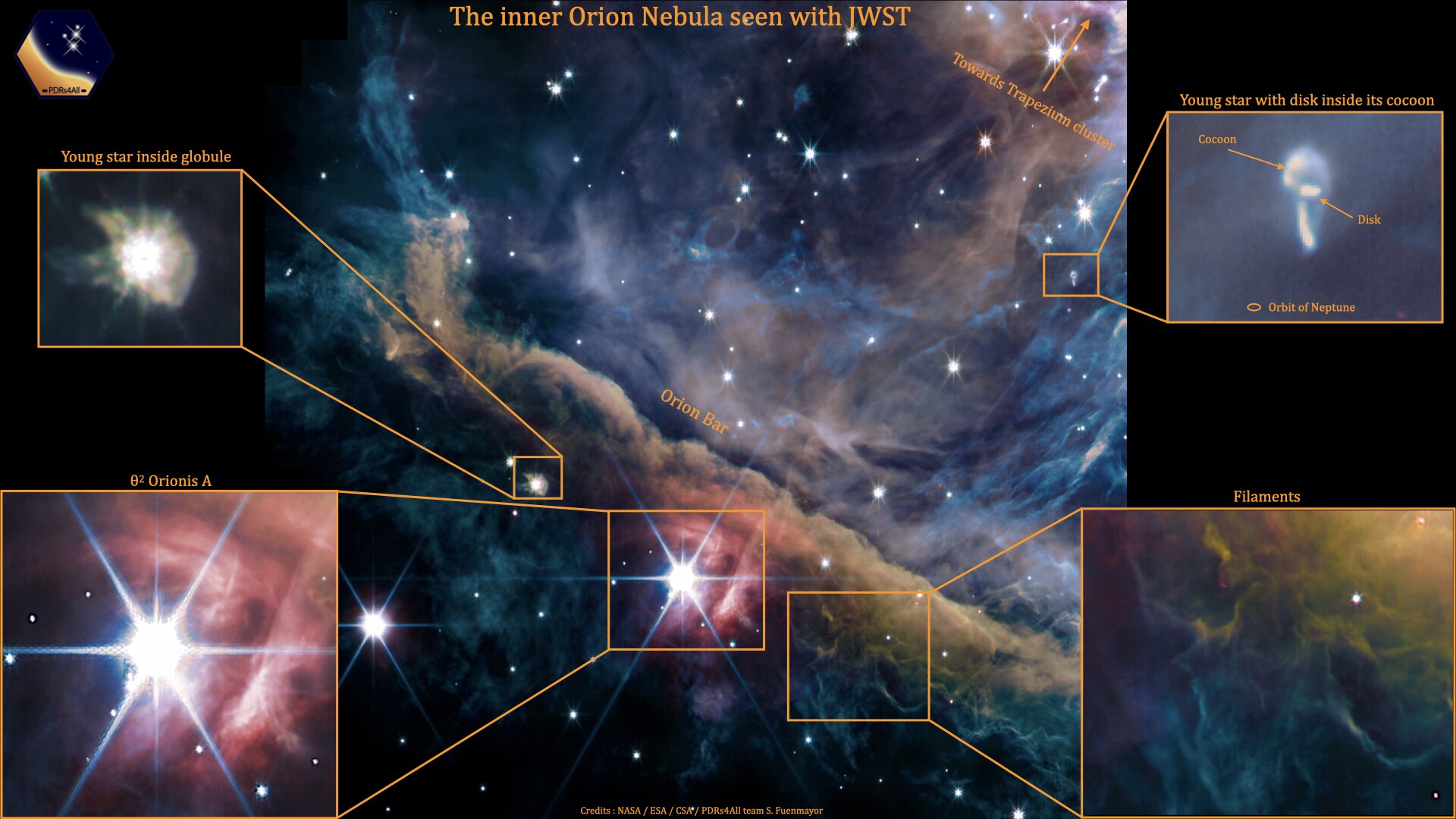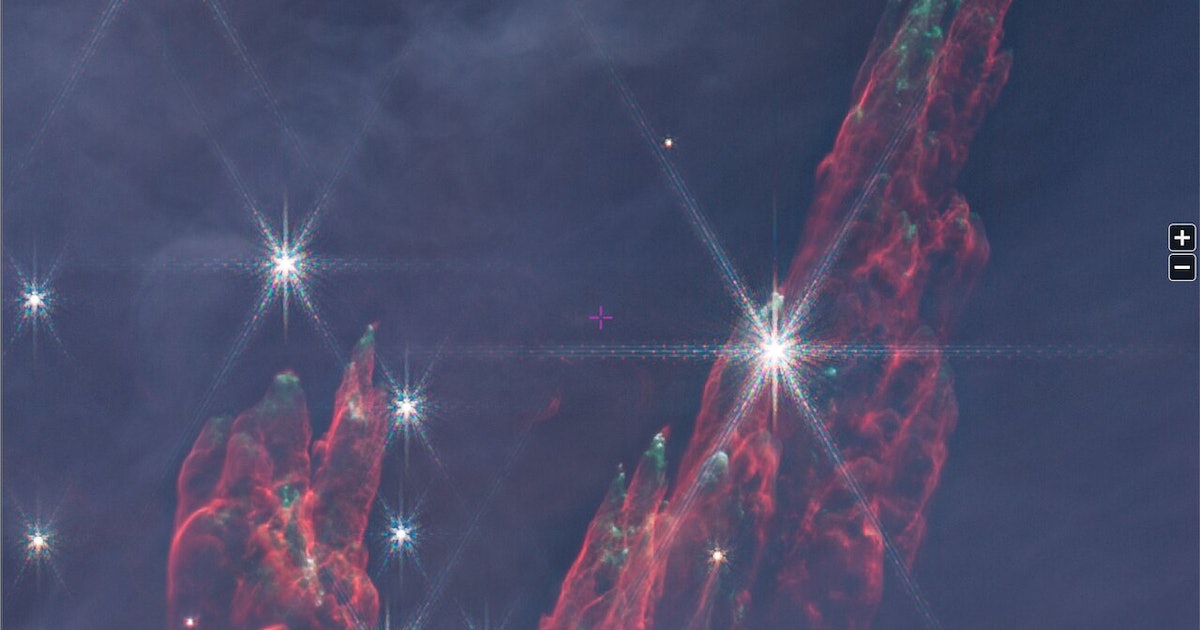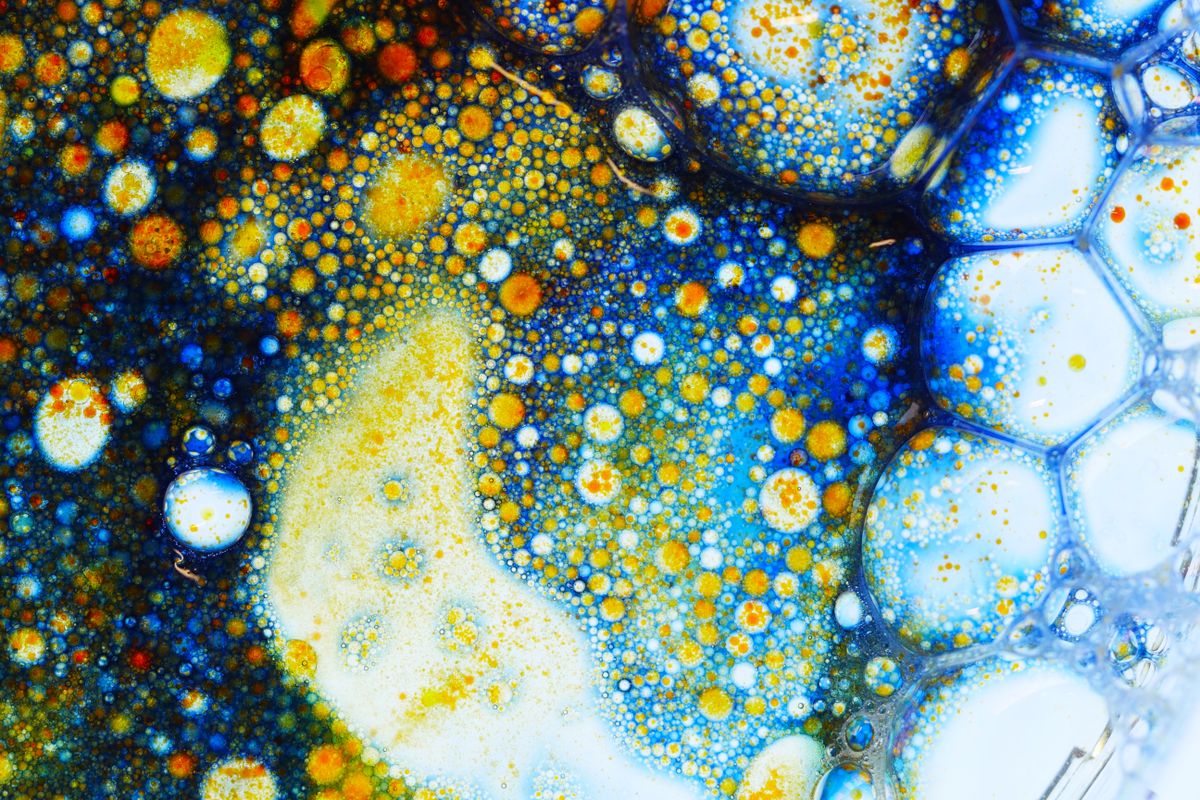The James Webb Telescope Discovers Mysterious Objects in the Orion Nebula
The James Webb Telescope, the eyes of the scientific community in the cosmos, has recently made a groundbreaking discovery within the Orion Nebula, located more than 1,300 light-years away from Earth. Astronomers are astounded to find approximately 150 peculiar space objects that they are struggling to categorize.
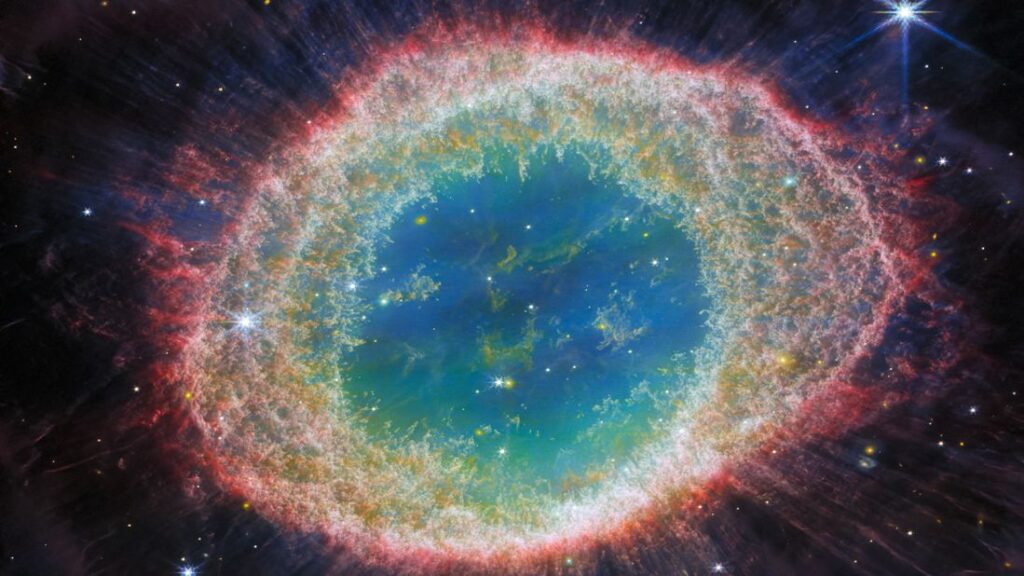
According to the European Space Agency (ESA), these objects are binary bodies with the mass equivalent to that of Jupiter. However, they are not large enough to be considered stars, nor do they follow the typical parameters of planets. Therefore, they have been dubbed as JuMBOs (Jupiter Mass Binary Objects). Let’s delve into the characteristics of these enigmatic entities:
- JuMBOs freely float in space, untethered by gravitational forces.
- They form binary systems, orbiting around each other at distances nearly 200 times greater than that separating the Sun and the Earth.
- These enigmatic objects date back approximately one million years.
- Their atmospheres are composed of vapor and methane.
- The surface temperature of JuMBOs hovers around 1,000°C.
James Webb: Unraveling the Mystery of JuMBOs
Scientists are working diligently to unravel the mysteries surrounding these newly discovered JuMBOs. The unique characteristics of these objects have left astronomers perplexed and have prompted them to ponder the following questions:
- What are the Origins of JuMBOs? – The formation of JuMBOs remains an enigma. Researchers are exploring possible mechanisms that could have led to the creation of these binary objects. By understanding their origins, scientists hope to gain insights into the broader processes of star and planet formation.
- How Do JuMBOs Maintain Stability? – The stability of JuMBOs is another fascinating aspect that astronomers are investigating. Despite their large mass and close proximity, these objects manage to maintain their distance and avoid colliding with each other.
- Could JuMBOs Support Life? – The presence of vapor and methane in JuMBOs’ atmospheres has sparked curiosity about the potential for these objects to harbor life. Although the probability seems low due to their extreme temperatures, astrobiologists are eager to conduct further research on this intriguing possibility.
The Implications and Future of JuMBO Research
The discovery of JuMBOs opens up a myriad of opportunities for scientific exploration and understanding of the cosmos. Here, we outline some of the potential implications and future prospects regarding the study of JuMBOs:
- Advancing Our Understanding of Stellar Evolution: The study of JuMBOs sheds light on the intricate processes of stellar evolution and the diverse outcomes it can produce. These enigmatic objects challenge existing models and theories, prompting astronomers to revise and refine our understanding of the cosmos.
- Exoplanet Research: JuMBOs, with their unique characteristics, offer insights into the possibilities that exist in the realm of exoplanets. By studying these binary objects, scientists can expand our understanding of the diverse environments and conditions that may exist outside our solar system.
- The Search for Extraterrestrial Life: While JuMBOs may seem inhospitable to life as we know it, the discovery of various extremophiles on Earth has expanded our understanding of the potential for life to exist in extreme environments. Therefore, further research on JuMBOs could help identify and understand the conditions that might support life in other parts of the universe.
